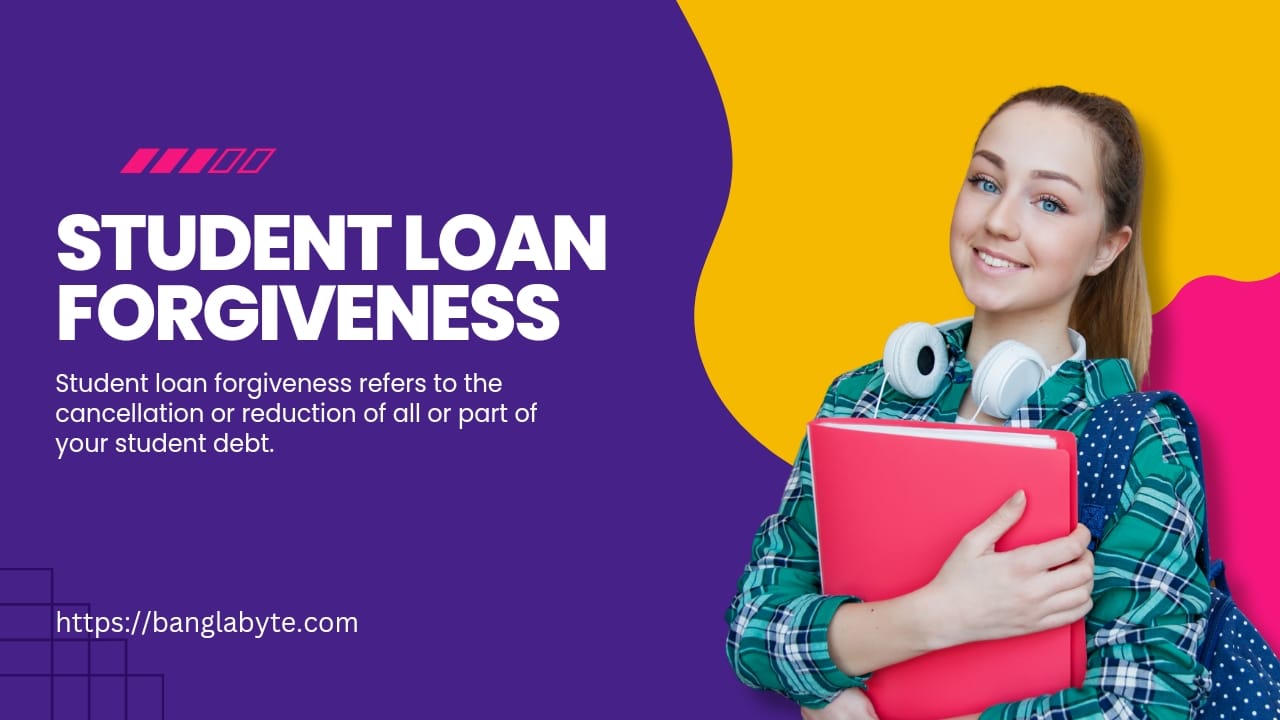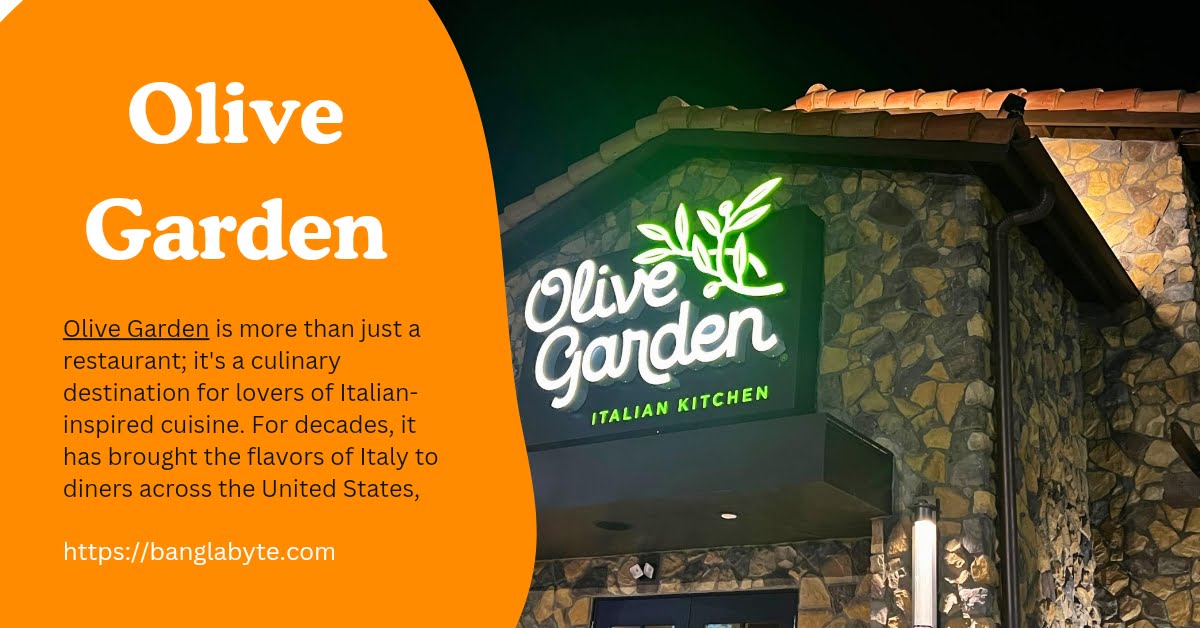
As the cost of higher education continues to rise, millions of people are left grappling with student loan debt, impacting life choices such as buying a home or starting a family. For those feeling crushed by this financial burden, student loan forgiveness programs offer a potential solution. In this guide, we’ll explore what student loan forgiveness is, highlight the most popular programs, and provide a step-by-step approach to taking advantage of them.
What is Student Loan Forgiveness?
Student loan forgiveness refers to the cancellation or reduction of all or part of your student debt. These programs are typically offered by the government to borrowers who meet specific criteria, such as working in particular professions, experiencing financial hardship, or making a set number of qualifying payments.
Forgiveness is usually aimed at federal student loans, which make up the majority of student debt in the U.S. Options for private loans are limited but may exist in certain cases through private lenders.
Why is Student Loan Forgiveness Important?
Student loan forgiveness is not just a personal financial relief; it has significant social and economic benefits, including:
1. Stimulating Economic Growth: Debt relief allows borrowers to spend more on housing, consumer goods, and services, boosting the economy.
2. Improving Mental Health: The weight of student debt can cause stress and anxiety. Loan forgiveness can ease financial worries, leading to better mental well-being.
3. Promoting Public Service: Many forgiveness programs target public service roles, ensuring critical fields such as education and healthcare are adequately staffed.
4. Increasing Homeownership: Lowering debt burdens makes it easier for borrowers to save for a home and secure mortgages.
5. Reducing Wealth Inequality: Forgiveness programs often help lower-income individuals, closing gaps in wealth and opportunity.
Top Student Loan Forgiveness Programs
1. Public Service Loan Forgiveness (PSLF)
The Public Service Loan Forgiveness (PSLF) program is one of the most well-known options. It forgives the remaining balance of federal Direct Loans after 120 qualifying payments for those working full-time in eligible public service positions.
Eligibility:
– Must work full-time for a government or qualifying non-profit organization.
– Must make 120 qualifying payments under a plan such as Income-Based Repayment (IBR).
– Only federal Direct Loans are eligible (loan consolidation may be required for other federal loans).
2. Teacher Loan Forgiveness
The Teacher Loan Forgiveness program provides up to $17,500 in forgiveness on Direct or Stafford Loans for full-time teachers who work in low-income schools for at least five consecutive years.
Eligibility:
– Must be a full-time teacher at a qualifying low-income school.
– Federal Direct or Stafford Loans are eligible.
– Teachers in subjects such as math, science, and special education may receive higher forgiveness amounts.
3. Income-Driven Repayment (IDR) Forgiveness
IDR plans adjust your loan payments based on your income and family size. After making payments for 20 or 25 years, depending on the plan, the remaining balance is forgiven.
Popular IDR Plans:
– Income-Based Repayment (IBR)
– Pay As You Earn (PAYE)
– Revised Pay As You Earn (REPAYE)
– Income-Contingent Repayment (ICR)
Keep in mind that forgiven balances under IDR plans may be considered taxable income.
4. Perkins Loan Cancellation
Borrowers with Perkins Loans may qualify for up to 100% loan cancellation if they work in specific public service jobs. This forgiveness typically occurs incrementally over five years.
Eligible Professions:
– Teachers in low-income schools or specialized fields.
– Public defenders or law enforcement officers.
– Firefighters, nurses, and medical technicians.
– U.S. military personnel.
5. State-Specific Forgiveness Programs
Many states offer forgiveness programs to retain professionals in fields like healthcare, teaching, and law. These programs vary by state and profession, so it’s essential to check what’s available in your location.
How to Apply for Student Loan Forgiveness
1. Determine Eligibility
Identify the program that best matches your loan type, employment, and financial situation. Review the criteria carefully before applying.
2. Confirm Loan Type
Forgiveness programs typically apply to federal loans, and some require loan consolidation to qualify. You can check your loan type by logging into your Federal Student Aid (FSA) account.
3. Submit Employment Certification
For programs like PSLF, you must submit an **Employment Certification Form (ECF)** to verify that your employer qualifies and that your payments are eligible.
4. Track Your Payments
Keep detailed records of your loan payments, including amounts, dates, and repayment plan details. This will help prevent errors when applying for forgiveness.
5. Submit Forgiveness Application
Once you meet the requirements, carefully fill out your forgiveness application and include all necessary documentation. Processing times vary, so be patient and follow up with your loan servicer if needed.
Common Myths About Student Loan Forgiveness
1. All Loans Qualify
Not all loans are eligible for forgiveness. Most programs apply to federal student loans, especially Direct Loans. Private loans are generally excluded.
2. Forgiveness is Automatic
Forgiveness does not happen automatically. You must apply for it and provide documentation, such as proof of employment and payment history.
3. Forgiveness is Always Tax-Free
While some programs like PSLF offer tax-free forgiveness, balances forgiven under IDR plans may be considered taxable income.
4. Bankruptcy Eliminates Student Loan Debt
Student loans are rarely discharged through bankruptcy unless the borrower can prove “undue hardship,” which is difficult to demonstrate.
Managing Student Loans While Pursuing Forgiveness
Even while waiting for forgiveness, it’s essential to manage your student loans effectively:
1. Explore Repayment Plans: If you’re struggling with payments, consider income-driven repayment options to lower your monthly costs.
2. Consider Refinancing: If you have private loans, refinancing may reduce your interest rates. However, refinancing federal loans could disqualify you from forgiveness programs.
3. Set Up Automatic Payments: Many lenders offer small interest rate reductions if you enroll in automatic payments, which also helps avoid missed payments.
4. Stay Updated: Student loan policies and forgiveness programs change frequently. Stay informed to take advantage of new opportunities.
Conclusion: Is Student Loan Forgiveness Right for You?
Student loan forgiveness offers tremendous relief for millions of borrowers, helping to ease financial burdens and provide more freedom to pursue personal and professional goals. Whether through PSLF, teacher forgiveness, or income-driven repayment plans, understanding your options and taking the correct steps can make all the difference.
Ensure you meet the eligibility requirements, stay organized, and actively manage your loans while waiting for forgiveness. This approach will help
You get closer to financial freedom and allow you to move forward confidently.



